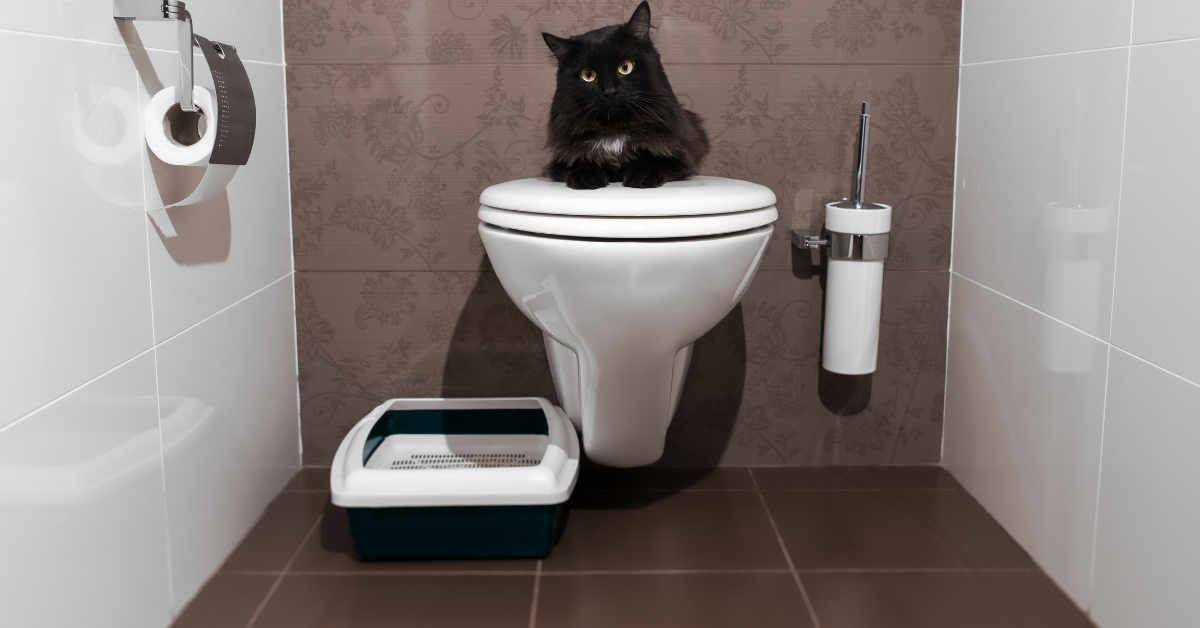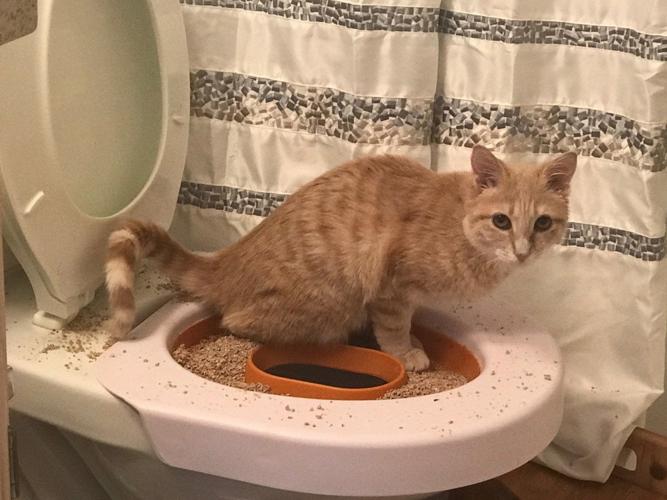Potential Risks of Flushing Cat Poop Down Your Toilet - Tips for Better Disposal
Potential Risks of Flushing Cat Poop Down Your Toilet - Tips for Better Disposal
Blog Article
The writer is making a number of good points on the subject of Can You Flush Cat Poo or Litter Down the Toilet? overall in the article further down.

Intro
As feline proprietors, it's necessary to bear in mind exactly how we dispose of our feline pals' waste. While it might appear practical to flush cat poop down the bathroom, this technique can have destructive effects for both the environment and human health.
Ecological Impact
Purging cat poop presents hazardous pathogens and bloodsuckers into the water, presenting a substantial danger to aquatic environments. These contaminants can negatively impact marine life and compromise water top quality.
Health Risks
Along with environmental worries, purging cat waste can likewise position wellness threats to humans. Pet cat feces may have Toxoplasma gondii, a bloodsucker that can cause toxoplasmosis-- a potentially serious illness, especially for pregnant ladies and people with damaged body immune systems.
Alternatives to Flushing
The good news is, there are much safer and much more responsible methods to dispose of feline poop. Consider the adhering to choices:
1. Scoop and Dispose in Trash
One of the most typical method of taking care of cat poop is to scoop it right into a biodegradable bag and toss it in the trash. Make certain to make use of a dedicated trash inside story and get rid of the waste immediately.
2. Usage Biodegradable Litter
Choose eco-friendly feline trash made from materials such as corn or wheat. These litters are eco-friendly and can be safely gotten rid of in the garbage.
3. Hide in the Yard
If you have a backyard, think about burying cat waste in a designated area far from veggie gardens and water resources. Make certain to dig deep adequate to avoid contamination of groundwater.
4. Set Up a Pet Waste Disposal System
Purchase a pet garbage disposal system especially created for feline waste. These systems use enzymes to break down the waste, decreasing smell and environmental impact.
Conclusion
Accountable pet possession extends past offering food and sanctuary-- it also includes appropriate waste monitoring. By refraining from flushing feline poop down the commode and selecting alternate disposal methods, we can minimize our ecological impact and safeguard human health and wellness.
Why Can’t I Flush Cat Poop?
It Spreads a Parasite
Cats are frequently infected with a parasite called toxoplasma gondii. The parasite causes an infection called toxoplasmosis. It is usually harmless to cats. The parasite only uses cat poop as a host for its eggs. Otherwise, the cat’s immune system usually keeps the infection at low enough levels to maintain its own health. But it does not stop the develop of eggs. These eggs are tiny and surprisingly tough. They may survive for a year before they begin to grow. But that’s the problem.
Our wastewater system is not designed to deal with toxoplasmosis eggs. Instead, most eggs will flush from your toilet into sewers and wastewater management plants. After the sewage is treated for many other harmful things in it, it is typically released into local rivers, lakes, or oceans. Here, the toxoplasmosis eggs can find new hosts, including starfish, crabs, otters, and many other wildlife. For many, this is a significant risk to their health. Toxoplasmosis can also end up infecting water sources that are important for agriculture, which means our deer, pigs, and sheep can get infected too.
Is There Risk to Humans?
There can be a risk to human life from flushing cat poop down the toilet. If you do so, the parasites from your cat’s poop can end up in shellfish, game animals, or livestock. If this meat is then served raw or undercooked, the people who eat it can get sick.
In fact, according to the CDC, 40 million people in the United States are infected with toxoplasma gondii. They get it from exposure to infected seafood, or from some kind of cat poop contamination, like drinking from a stream that is contaminated or touching anything that has come into contact with cat poop. That includes just cleaning a cat litter box.
Most people who get infected with these parasites will not develop any symptoms. However, for pregnant women or for those with compromised immune systems, the parasite can cause severe health problems.
How to Handle Cat Poop
The best way to handle cat poop is actually to clean the box more often. The eggs that the parasite sheds will not become active until one to five days after the cat poops. That means that if you clean daily, you’re much less likely to come into direct contact with infectious eggs.
That said, always dispose of cat poop in the garbage and not down the toilet. Wash your hands before and after you clean the litter box, and bring the bag of poop right outside to your garbage bins.
https://trenchlesssolutionsusa.com/why-cant-i-flush-cat-poop/

I am just very serious about How to Dispose of Cat Poop and Litter Without Plastic Bags and I hope you enjoyed reading my blog posting. Enjoyed our review? Please share it. Help somebody else find it. I recognize the value of reading our article about Don’t flush cat feces down the toilet.
Book A Free Estimate Report this page